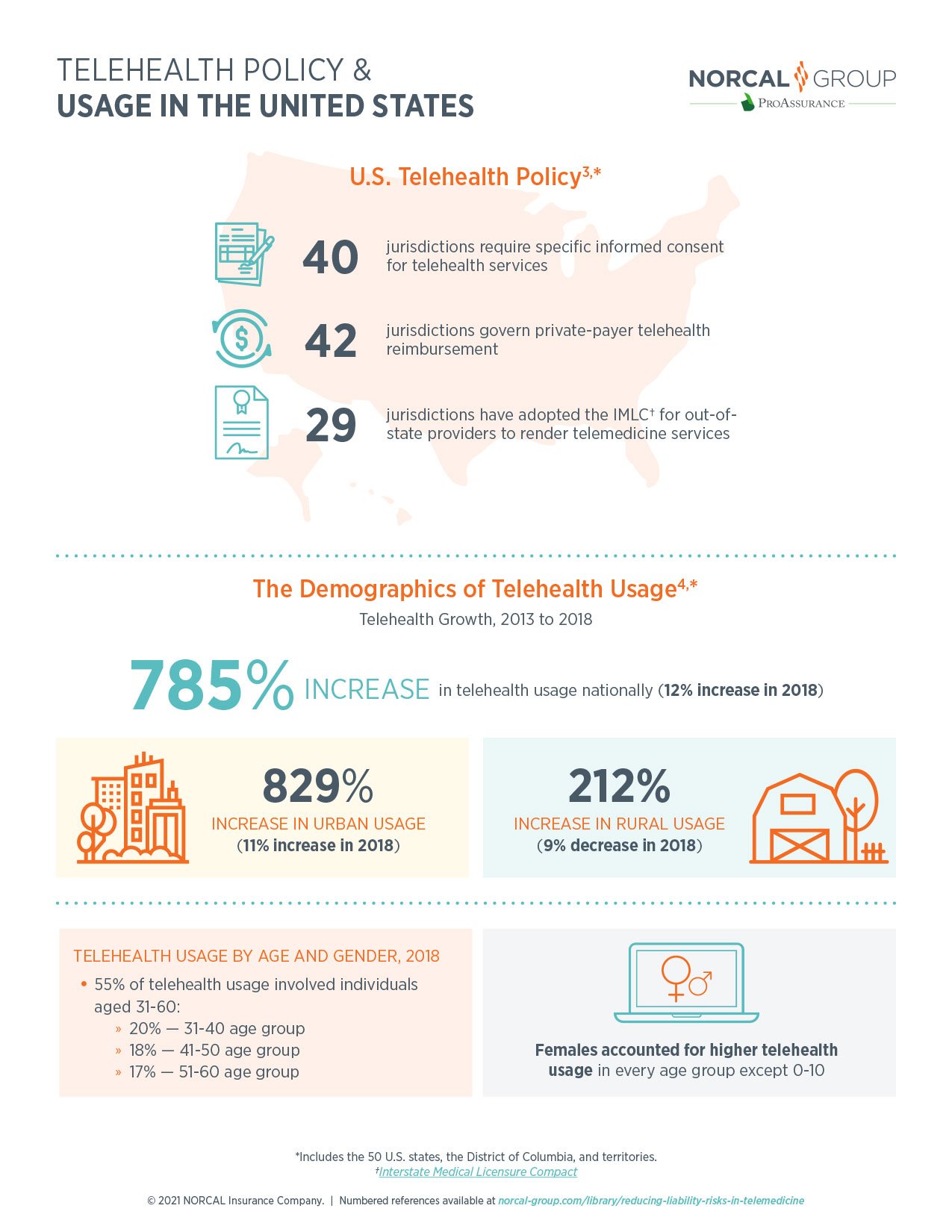Communications issues — communication problems between healthcare providers and failure to follow-up on tests/consults — were among the most expensive (highest indemnity) and most frequent (number of claims) associated issues in medical liability claims.*
Learn More »Telemedicine continues to grow at an impressive rate as increasing numbers of providers adopt it in their practices, and the technology continues to improve for connecting with and delivering virtual care to patients.
Learn More »Online Physician Reviews Reflect Patient Experience, Not Medical Care [INFOGRAPHIC]
Patient experience: “the sum of all interactions, shaped by an organization’s culture, that influence patient perceptions across the continuum of care”1
Today’s healthcare consumers are better educated with greater access to information to guide them than ever before. They're acting in many ways more like modern retail consumers than the passive recipients of medical care of years past.2 As they do in other areas of their lives are leaning heavily on physician reviews to help them select a physician.1
Learn More »Data Breaches: A Potentially Costly Risk for Your Practice
The digital practice—the electronic storage, access, sharing, and monitoring of health information—promises increased convenience, improved patient care, and lower costs.1 But this electronic access to medical records also brings with it a potentially costly risk to medical practices.
Learn More »Physician burnout is associated with two-fold increased odds for unsafe care, unprofessional behaviors, and low patient satisfaction1 and that electronic health records (EHR) are a leading factor in physician burnout2.
Learn More »| | |






